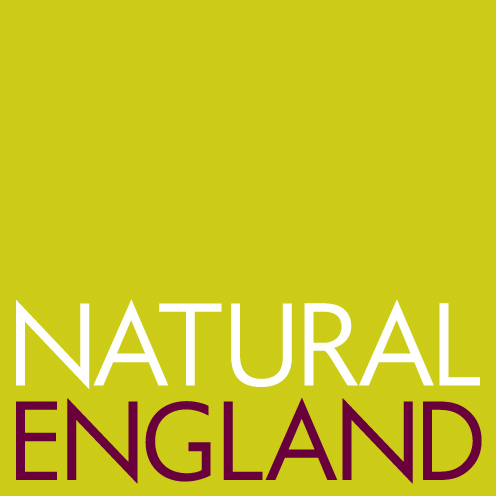The Lows
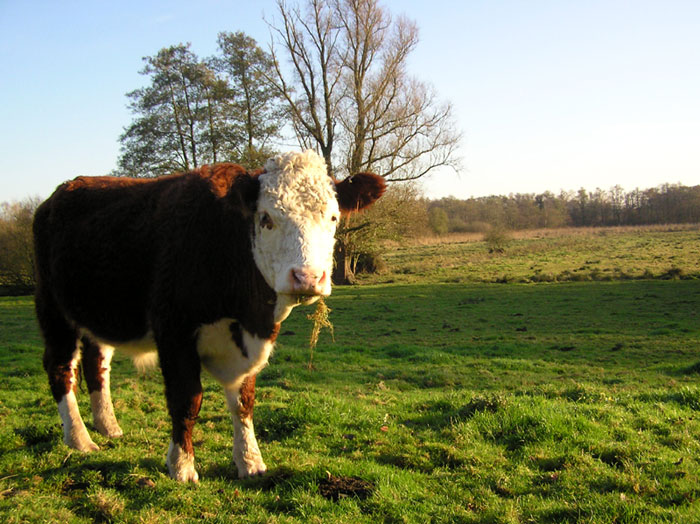
Cow grazing on the Lows
Background
The fields that comprise Blo'Norton Lows stretch from the Blo'Norton Banks road to the River Little Ouse. The field adjacent to the road slopes steeply to the valley floor and affords lovely views over these wild and secluded meadows. Although the pasture is agriculturally improved, this field retains beautiful hedges with mature oaks and crab apples. An alder-lined ditch marks the start of the middle field which comprises rough, often wet pasture, dominated by sedges and rushes. Only the lowest field, beyond another reed-filled ditch, appears never to have been ploughed. Although dominated by reeds, rushes and sedges, it retains remnants of a formerly rich fen flora, including early marsh orchids. In winter snipe are found in the wetter pasture and siskins are common in the alders. Sedge and reed warblers and reed buntings breed in summer while the rough grassland provides a hunting ground for kestrels and barn owls.
Conservation
The Little Ouse Headwaters Project took on a ten-year lease of this 4.5ha site from its owners, the Blo'Norton Church Lands Charity, in 2002. It had been left ungrazed for over two years and the lower fields were heavily waterlogged. As a result the grassland had become rank and thatched, and reed and reed-grass were increasing at the expense of the richer fenland plant communities.
A major restoration project was initiated in spring 2003 with funding from the Heritage Lottery Fund for both the Lows and the Frith. The project is also funded by DEFRA through a Countryside Stewardship scheme and by the European Union's Inter-regional fund. Local volunteers who provide much of the labour for the restoration management also make a huge contribution in kind. In 2004 the LOHP won the East Anglian Daily Times 'Wildflower Sites Award' for the restoration of this site.
The restoration project aims to increase the area of species-rich fen meadow while retaining a mosaic of fenland vegetation types. It will also ensure that the character of the hedgerows is retained and improved, and promote public access and enjoyment.
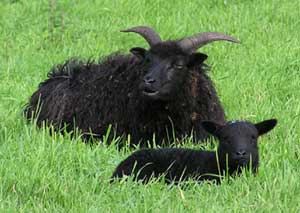
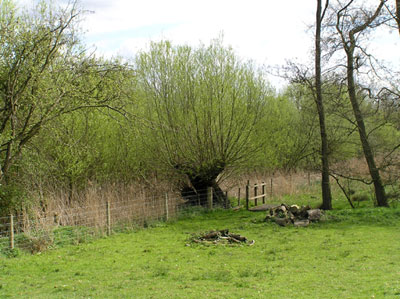 In 2003, we replaced the broken fences and installed gates and a water supply so that we could re-instate grazing. Some of the huge crack willows along the boundary with Blo'Norton Little Fen were pollarded to prevent them collapsing over the new fence and to prolong their lives and enhance their interest for wildlife. Sheep and cattle have already transformed the appearance of the sward. On the upper field topping is used to supplement grazing to control the growth of stinging nettles.
In 2003, we replaced the broken fences and installed gates and a water supply so that we could re-instate grazing. Some of the huge crack willows along the boundary with Blo'Norton Little Fen were pollarded to prevent them collapsing over the new fence and to prolong their lives and enhance their interest for wildlife. Sheep and cattle have already transformed the appearance of the sward. On the upper field topping is used to supplement grazing to control the growth of stinging nettles.
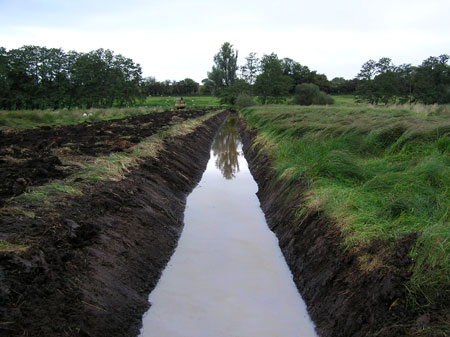
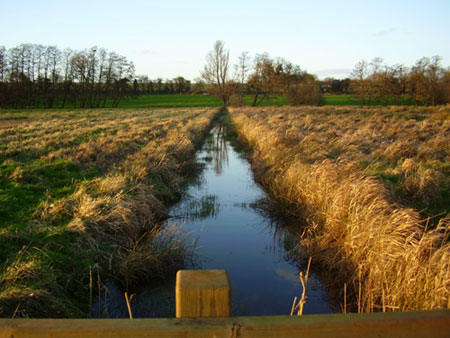 In 2004, the ditches between the fields were re-profiled to provide open water habitat to attract aquatic invertebrates, plants and amphibians. Species lost from the Lows, such as water crowfoot, water plantain, and the fen speciality, Brookweed, rapidly reappeared. New bridges ensure that visitors can still follow the path around these fields.
In 2004, the ditches between the fields were re-profiled to provide open water habitat to attract aquatic invertebrates, plants and amphibians. Species lost from the Lows, such as water crowfoot, water plantain, and the fen speciality, Brookweed, rapidly reappeared. New bridges ensure that visitors can still follow the path around these fields.
Special Species
.jpg)
Early Marsh Orchid
Early Marsh Orchid:This beautiful orchid has become very localised because of drainage and agricultural improvement of fens and marshes. A small population survived on the Lows and we hope that the re-introduction of favourable management will encourage it to increase.
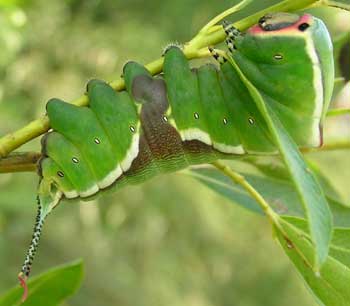
Puss Moth
Puss Moth:The amazing caterpillars of this large moth may be found feeding on willow leaves around the edges of this site between July and September.
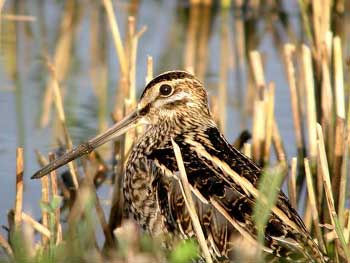
Snipe
Snipe: The mysterious 'drumming' display of this long-beaked wading bird was a familiar sound on the Little Ouse Fens until the last quarter of the 20th century. Drying out of the fens as a result of water abstraction and agricultural intensification resulted in loss of the wet grassland that the birds require to breed successfully. Our local story is reflected over the UK as a whole, with numbers of lowland breeding snipe declining dramatically. Surveys show a decline of over 90% in numbers breeding in central and south eastern England between 1982 and 2002. Snipe still winter on the Lows but these birds are probably migrants from the near-continent, returning there to breed in the spring. We hope that the gradual increase in suitable habitat in the valley will result in the eventual return of snipe as a breeding species.
Access
A new permissive footpath (a DEFRA Countryside Walk) runs round the Lows and links with the Countryside Walk on the Frith. Entry is through a wide-access kissing gate: access to the lower fields is likely to be difficult for wheelchair users but an oak seat by the top hedge, not far from the gate, affords lovely views across the whole site. New bridges have been built to carry the footpath over the ditches. Map boards just inside the gate together with way-markers show the route of the path.
Please note that all dogs must be kept on leads to protect ground nesting birds and stock. At times, high water levels may make the lower part of the footpath inaccessible.
